Breaking News


Popular News

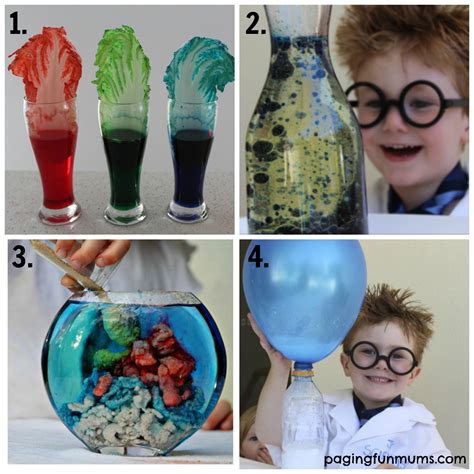
Engage young learners with simple and engaging science experiments like homemade volcano and solar-powered oven. Explore density and plant growth. Perfect for elementary students.Are you looking for engaging and educational activities to do with your elementary school students? Look no further! In this blog post, we will explore simple and fun science experiments that are perfect for young learners. Science experiments are not only a great way to foster curiosity and critical thinking, but they also provide hands-on learning experiences that make concepts come to life. From creating a homemade volcano to observing plant growth with bean seeds, these experiments are sure to excite and captivate your students. Whether it’s exploring density with oil and water or making a solar-powered oven, these activities are not only educational but also incredibly enjoyable. So, roll up your sleeves and get ready to dive into the exciting world of science with these simple and fun experiments that are perfect for elementary school students.
Contents
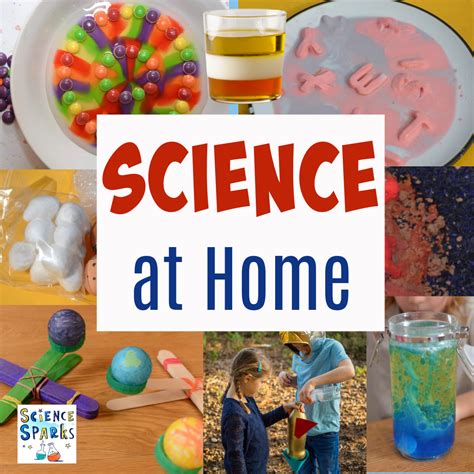
Science experiments are a great way for elementary school students to learn about the world around them in a fun and hands-on way. By conducting their own experiments, students can develop their curiosity, critical thinking skills, and love for science. Introducing students to simple and engaging science experiments can ignite a passion for the subject that can last a lifetime.
One great way to introduce students to science experiments is by starting with basic concepts such as observation, measurement, and the scientific method. By teaching students the fundamentals of conducting experiments, they can learn how to ask questions, make predictions, and test their ideas in a controlled manner.
Another important aspect of introducing students to science experiments is to make sure the experiments are safe and age-appropriate. It’s important to choose experiments that are not only fun and engaging, but also emphasize safety and responsible conduct. By starting with simple and safe experiments, students can begin to develop their scientific skills with confidence and enthusiasm.
Overall, introducing elementary school students to science experiments sets the stage for a lifelong love of learning and discovery. By providing students with the opportunity to engage in hands-on science activities, they can develop a deep understanding of the natural world and the process of scientific inquiry.

Have you ever wanted to create your own volcanic eruption right at home? With just a few simple ingredients, you can make a homemade volcano that is not only educational but also incredibly fun for elementary school students.
First, gather your supplies. You will need a small plastic bottle, baking soda, vinegar, dish soap, red food coloring, and a tray to contain the eruption. Use the plastic bottle as the base of your volcano, and build up the structure around it using clay or papier-mâché. Be creative with the shape and design of your volcano – the more realistic, the better!
Once your volcano is built, it’s time to create the eruption. In the plastic bottle, mix together some vinegar, a few drops of dish soap, and a drop of red food coloring. In a separate container, mix together baking soda with a little water to create a paste. When you’re ready for the eruption, pour the baking soda paste into the plastic bottle, and watch in amazement as your homemade volcano comes to life with a fizzing, bubbling eruption!
By creating a homemade volcano, students can learn about chemical reactions and the science behind volcanic eruptions in a hands-on and engaging way. This simple experiment is a great way to pique their interest in geology and earth science, all while having a blast!
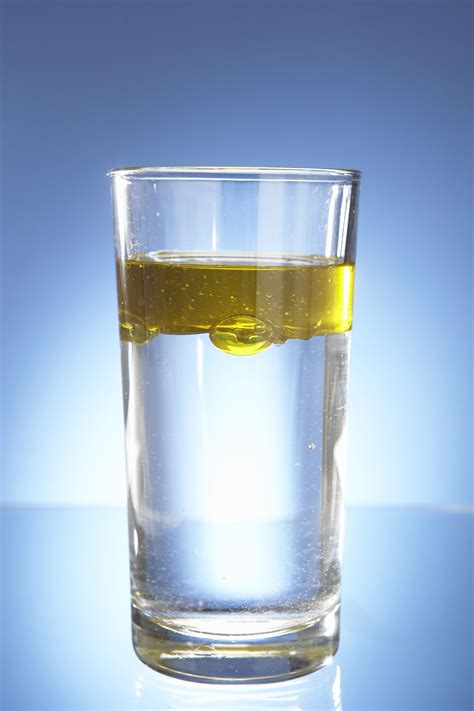
When it comes to teaching elementary school students about science, one of the most engaging and hands-on activities you can do is exploring density with oil and water. This simple experiment is not only fun, but also helps students understand an important concept in physical science.
First, gather the materials needed for this experiment, including a clear glass or plastic bottle, vegetable oil, water, food coloring, and small objects such as beads or buttons. Fill the bottle about three-quarters full with the vegetable oil, and then add water to the top. You’ll notice that the two liquids do not mix, as the oil floats on top of the water.
Next, it’s time to observe the concept of density in action. Add a few drops of food coloring to the water, and then drop the small objects into the bottle. As the objects sink through the oil and into the water, students can see how the denser water causes the objects to sink, while the less dense oil allows them to float on top.
Finally, you can create a simple table to record and compare the densities of various liquids. List the liquids, such as oil, water, and perhaps even honey or maple syrup, and then have students predict which will be the most and least dense. After conducting the experiment, they can observe and record their findings, seeing firsthand how different liquids have different densities.
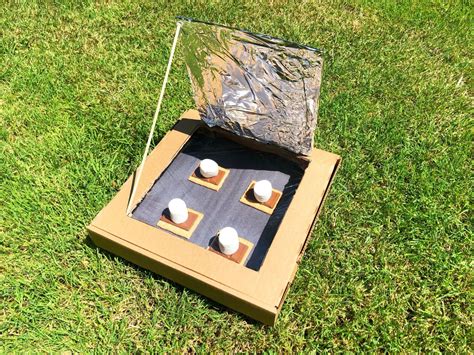
Creating a solar-powered oven can be a simple and fun science experiment for elementary school students. This project not only teaches students about renewable energy and solar power, but also allows them to witness the practical application of science in their everyday lives.
One way to create a solar-powered oven is by using a cardboard box, aluminum foil, plastic wrap, and a few other household materials. By carefully following the instructions and using the scientific method, students can build their own oven and then test its efficiency by cooking various items such as s’mores or chocolate chip cookies.
Another advantage of making a solar-powered oven is that it encourages students to think critically and problem-solve. They can experiment with different designs and materials to see how they affect the oven’s ability to harness and retain heat energy from the sun. This hands-on experience can foster a deeper understanding of important scientific concepts such as insulation, reflection, and convection.
Furthermore, creating a solar-powered oven can spark an interest in environmental sustainability and alternative sources of energy. Students may begin to see the sun as a valuable resource for more than just warmth and light, and they may develop a greater appreciation for the importance of harnessing its power in innovative ways.
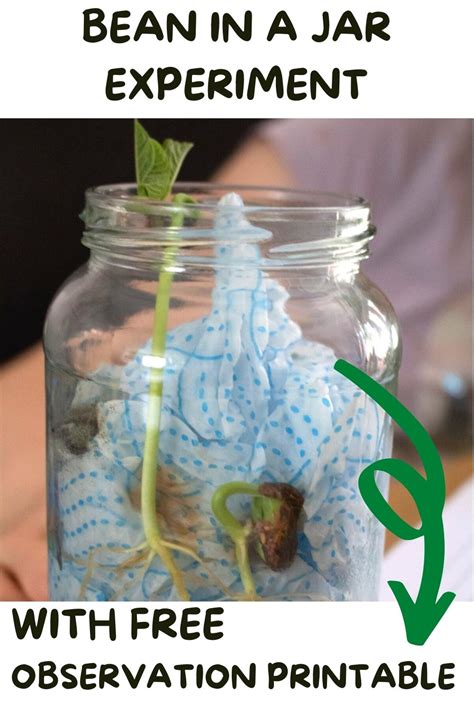
Observing plant growth with bean seeds is a simple and educational science experiment that elementary school students can easily do at home or in the classroom.
First, gather the materials needed for the experiment, including a few bean seeds, a clear plastic cup or jar, some potting soil, and water.
Next, place a layer of soil at the bottom of the cup, then carefully plant the bean seeds and cover them with another thin layer of soil. Water the seeds lightly and place the cup in a sunny spot where it can get plenty of natural light.
Over the next few days, students can observe the changes happening to the bean seeds as they start to germinate and grow. They can use a notebook to record their observations, noting any changes in the appearance of the seeds, the growth of roots and shoots, and the overall size of the plant.

What are some simple science experiments for elementary school students?
Some simple science experiments for elementary school students include making a volcano with baking soda and vinegar, creating a rainbow with a glass of water, and making a homemade lava lamp.
How can I make a volcano with baking soda and vinegar?
To make a volcano with baking soda and vinegar, first create a cone shape with modeling clay or playdough. Then, pour baking soda inside the cone. Finally, pour vinegar into the cone and watch it erupt like a volcano.
What materials do I need to make a rainbow with a glass of water?
To make a rainbow with a glass of water, you will need a glass of water, a flashlight, and a small mirror. Simply shine the flashlight through the water towards the mirror to create a beautiful rainbow effect.
How can I make a homemade lava lamp?
To make a homemade lava lamp, fill a clear plastic bottle with water and a few drops of food coloring. Then, add vegetable oil to the bottle, leaving some space at the top. Finally, drop a tablet of Alka-Seltzer into the bottle and watch the bubbles create a lava lamp effect.
What are some safety tips for conducting science experiments with elementary school students?
Some safety tips for conducting science experiments with elementary school students include always supervising the experiments, wearing safety goggles when necessary, and using non-toxic and child-friendly materials.
How can I make learning science fun for elementary school students?
To make learning science fun for elementary school students, try incorporating hands-on experiments, interactive games, and outdoor activities to engage their curiosity and creativity.
Are there any online resources for finding more science experiments for elementary school students?
Yes, there are many online resources such as educational websites, science experiment blogs, and YouTube channels dedicated to providing fun and educational science experiments for elementary school students.